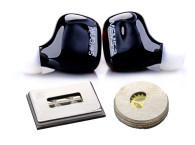
Singularity Industries, co-founded by Matthew Leanse and Nicholas Palomarez, made a bold bet on MEMS microspeaker technology. Their first design was the first in-ear headphones to purely utilize a single monolithic silicon MEMS transducer. The bragging rights - and there is plenty to brag about - must be shared with the xMEMS (xMEMS Labs) acoustic team working together throughout the development of this compact and compelling product.
Over a bottle of wine, I sat down with Matt Leanse to hear about his R&D journey that led to the Paradox in-ear headphones. Before the first sip, he was already highlighting the challenges, motivations, and innovations behind developing one of the first in-ear monitors (IEMs) using Piezo-MEMS µSpeakers from xMEMS.

These distinct qualities proved potent motivators to pursue the pot of gold at the end of the rainbow. Beyond the technical hurdles implicit in pioneering the implementation of a new and unusual transducer, Matt notes that his heterodox sourcing strategy implied its own array of advantages and challenges. Rather than using overseas contract manufacturing to simplify and expedite his supply chain, Matt insisted on sourcing and assembling the product in Silicon Valley, CA, to the maximum extent possible.
When asked why he chose this approach, Matt said “The intense pressures of the medical device and semiconductor industry act as a forcing function, concentrating outer-edge manufacturing capacities in Silicon Valley. Tapping into those capacities for consumer electronics allows us to build products that are as close to uncompromised as possible. Our supply chain is global, as is the case with any high tech product, but we strongly prioritize local vendors. Machining, micro-3D printing, PCBA, and assembly all happen within 45 minutes of our office. It’s definitely more work than sending a PO to a turnkey CM, but the capabilities here and our ability to oversee each step, are essentially required to make something as aggressively engineered as Paradox.”
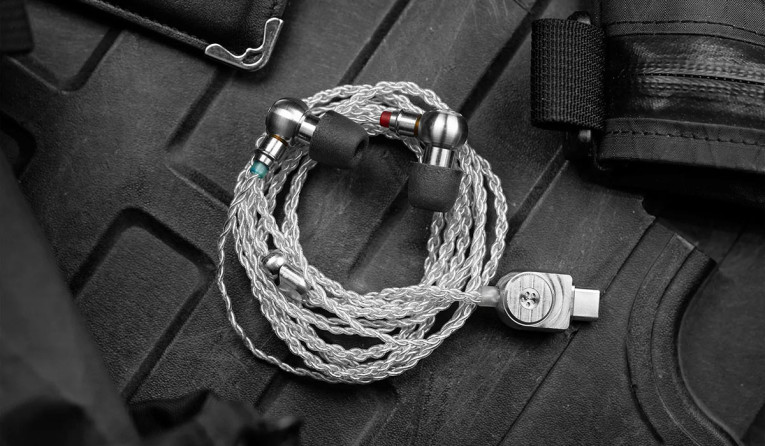
Matt is an experienced hardware designer working in the San Francisco Bay area in California, with a family legacy in music and engineering, a background he credits with shaping his career. Other seminal moments also appear to have left an enduring mark. He spoke fondly of meeting with the late patron saint of dipole speakers, Siegfried Linkwitz (meant with all due respect to saints in audio and otherwise), and listening to his legendary home setup.
Singularity was initially founded to build loudspeakers, but after a demo from xMEMS technology evangelist at large and Senior Director of Electroacoustic Engineering Michael Ricci at a Bay area hifi meetup, Matt and Nicholas made a swift pivot to developing IEMs built around xMEMS microspeaker technology. After connecting at more local audiophile events, a relationship formed between Jim Wargnier, xMEMS’ V.P. of Global Sales, Michael Ricci and the future Singularity business partners.
xMEMS took an interest in Matt and Nick's passion for starting a company based on xMEMS new transducers. They were offered samples and a crash course in IEM design. The Singularity crew began a multi-month deep dive in micro-acoustics, IEM industrial design, and DSP tuning, which is required basic training to design products with this new class of transducers.
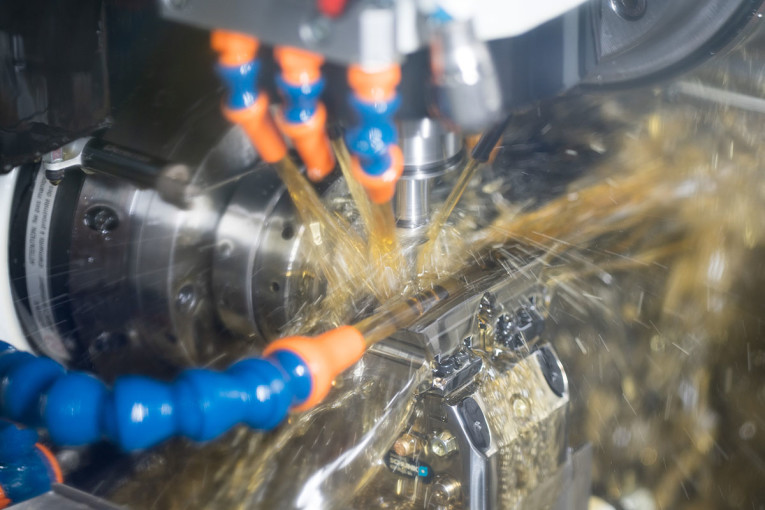
xMEMS was founded in 2018, and I first contacted them in 2019. Impressed with the potential of the proof-of-concept work, I consulted for xMEMS from 2020 to 2021 as their foundry scaled up their piezo monolithic process. The first-generation full-range chip, Montara, was a tremendously impressive fledgling effort, but work was required to develop an amplifier IC optimized for the MEMS device.
Further, a single gen 1 xMEMS Montara couldn't generate the volume velocity required to deliver convincing low end for hifi applications. To address this, xMEMS took a two-fold approach: they began development of a second-generation Montara microspeaker, now known as Montara Plus, and allocated internal resources toward the development of two-way systems, where one of their smaller monolithic MEMS devices pairs with a dynamic driver to cover the full audible range. These hybrid designs were immediately attractive to design engineers, especially in TWS applications, where the dynamic delivers ample bass for active noise cancelling, while the xMEMS tweeter refines vocal clarity and tone. A few brands have adopted a similar approach, implementing xMEMS larger drivers in multi-way systems, likely due to the momentum behind multi-ways in their product lines and alignment with customer expectations.
However, Matt had the blessing and the curse of never having designed an IEM before. From day one, he was committed to developing a full-range, pure MEMS in-ear. "Montara seemed to be a few generations away from fully solving the problem of in-ear sound reproduction. From first principles, it was clear that crossing over the output of the Montara with other drivers, likely to be burdened with radiating surfaces orders of magnitude heavier and softer than those of Montara, would degrade phase performance and transient response. I had to find a solution that would demonstrate the innate value of this unprecedented transducer."
His inaugural in-ear, Oni, featured two first-generation Montaras, but its complexity made it impossible to reproduce at scale. "I approached in-ear design with biases that I picked up over years of working on larger, multi-component products. Oni was the physical manifestation of these priors. When it worked, it sounded beautiful, but its mechanical complexity was too high, and it was racked with issues. For better or worse, that was a trial by fire that I had to navigate in order to arrive at our radically simpler “ship-in-a-bottle” mechanical architecture.”
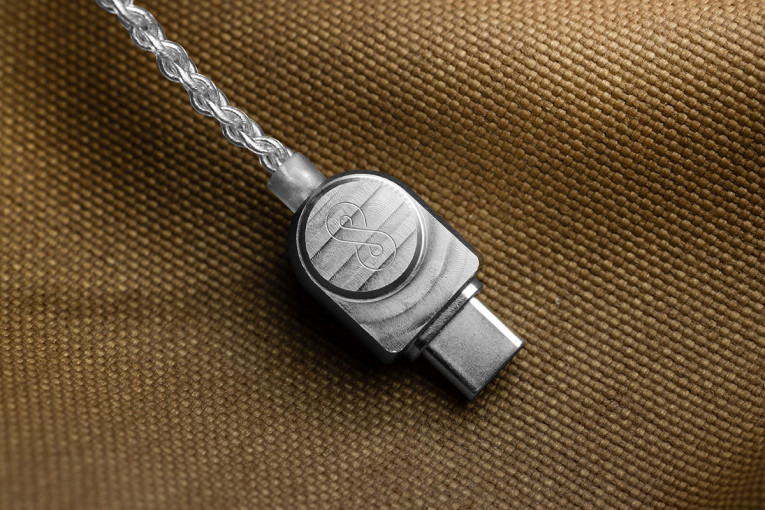
While Matt was toiling away, trying to perfect Oni, xMEMS was diligently working on a successor chip to Montara. The rewarding result was Montara Plus. Entering production in 2024, this successor chip features a novel die design that delivers significantly increased output capability, especially in the low end, with lower distortion, improved linearity, and a more conveniently proportioned mechanical package.
As far as my ears know, Montara Plus is the first MEMS transducer in production with enough excursion and radiating area to produce the full-range response and dynamic range required for top-shelf hifi reproduction.
When samples began to circulate, Matt made the call to prototype a radically simpler and more refined earbud based on the new driver. "It was a hail Mary. And it worked. From the first prototypes, the consistency and performance were obvious. We had to make the tough decision to go full steam ahead with this new product and set our attachment to the dual driver Oni aside for a later day. It was bittersweet, and it was just the first step down the path of stabilizing and refining Paradox."
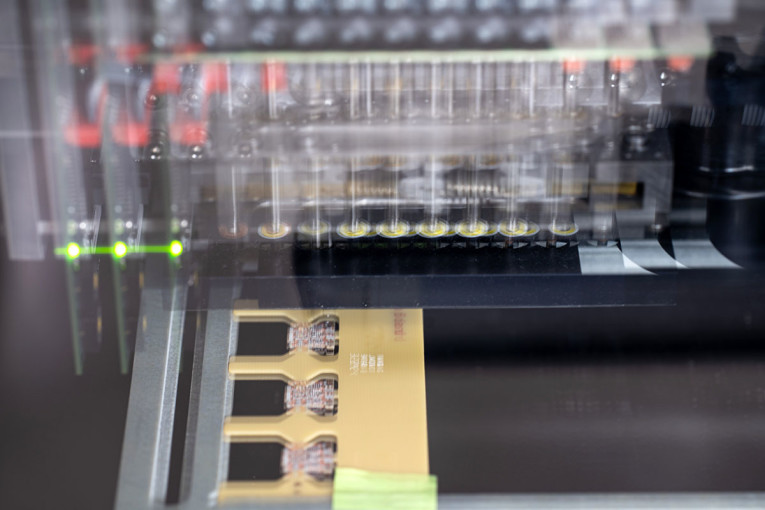
Matthew explained the nuances of integrating MEMS devices, particularly the challenges of sealing around their unconventional physical packages. He highlighted the opportunity these transducers offer for unprecedented miniaturization of in-ears, and the acoustic and ergonomic benefits that follow. But reaching such a minuscule form factor introduced its own downstream challenges.
"Once we prototyped Paradox, we realized the MMCX terminals on off-the-shelf cables looked completely out of proportion with the earbud itself. So, we set out to create our own, which I believe are the smallest in the industry. They turned out to be one of the harder parts of the product to perfect, with a minuscule machined Ultem (engineering resin) insulating ring and a stainless steel outer shell. It wouldn’t have been possible without the patience of the machinist responsible, who I worked with to dial in adjustments a few ten-thousandths of an inch at a time to get everything perfectly aligned."
He also highlighted the effort required to develop the amplifier board, which integrates into a slightly larger-than-usual USB-C plug at the end of their cable. The board features two xMEMS Aptos-2 amplifiers in a dual-mono configuration, which delivers low noise and high swing voltage, as well as the DC bias uniquely required by the MEMS drivers.
As you read this, the first limited production run of Paradox has reached the market, showcasing the real-world productization of this advanced audio technology. One of the first units is going to be reviewed by audioXpress.
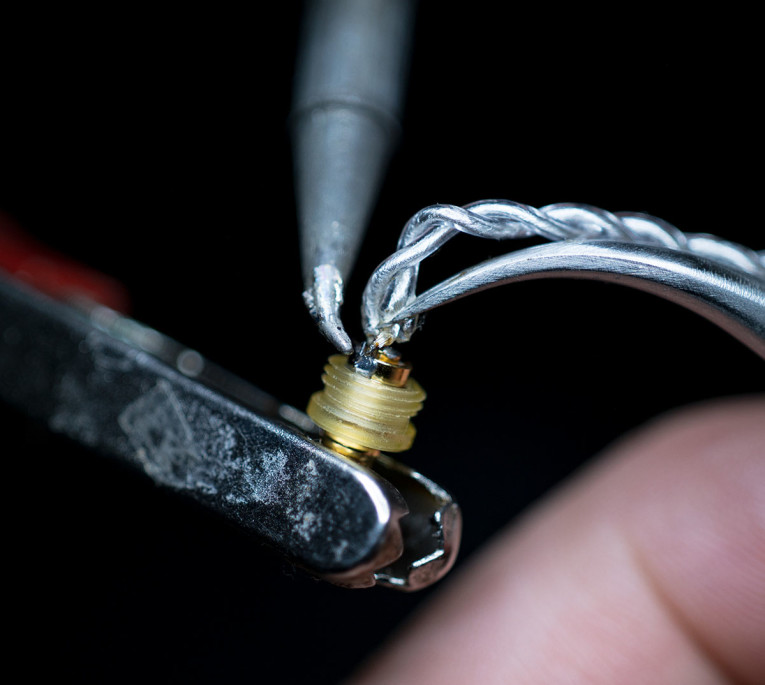
Matt expressed a vision of creating a product that is not only technically advanced, but also aesthetically and haptically refined, as well. Inside and out, start to finish, Paradox reflects a painstaking and artistically inspired approach. It's clear there was plenty of hand wringing in navigating the tension between expression and practical considerations across a deceptively broad array of design decisions.
"My motivations in creating Paradox weren't typical. For better or worse, I was determined to do every step as well as I possibly could. We paid for that in time to market and tested the patience of some of our collaborators. But the result is something I can truly be proud of and that I’m excited to share with the world at scale. The patience and belief of our early customers was deeply heartening. I couldn’t have done this without the support of the xMEMS team, and I look forward to being a part of the future that their technology is making possible."
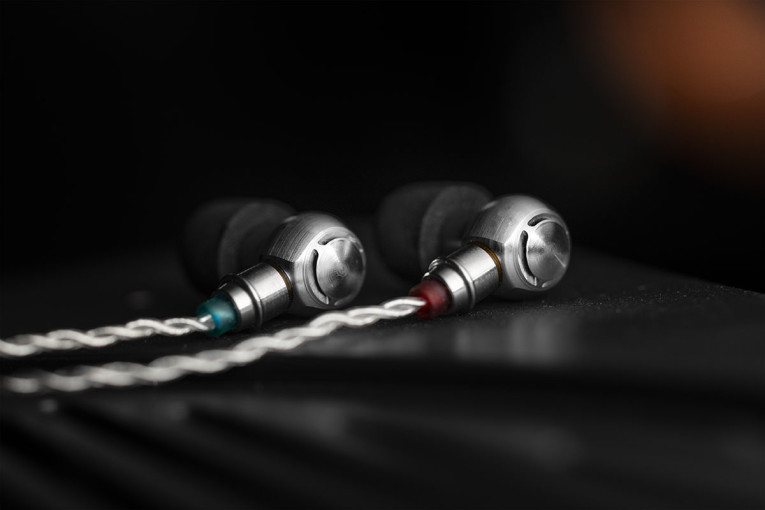
I commented that being the "first duck in the pond" requires enormous effort, including the subtleties of acoustic chamber design, EQ curve development, and not holding back low-end response with leaks or resistance. Each class of transducer needs its own secret design guidelines, and MEMS microspeakers, with their novel form factor, are no exception.
Then there are the difficulties implied by MEMS devices' unique appetite when it comes to amplification, as the unique opportunity for back EMF energy harvesting from capacitive transducers, such as the Montara Plus.
Perhaps there are parallels to the transition from internal combustion engines to electric vehicles. There are no technical papers, academic sources, or industry precedent for the integration of MEMS transducers. Further, a designer must deeply consider the tradeoffs of top-firing vs. side-firing MEMS microspeakers. For an insightful paper, Samsung gave a talk on design rules for side-firing microspeakers (Paper Number: 9315 at the AES 138 in 2015).
More details are available on the Singularity website, where the Paradox Launch Edition, limited to 30 individually serialized pieces is available. aX
This article was originally published in The Audio Voice newsletter, (#525), August 7, 2025.




